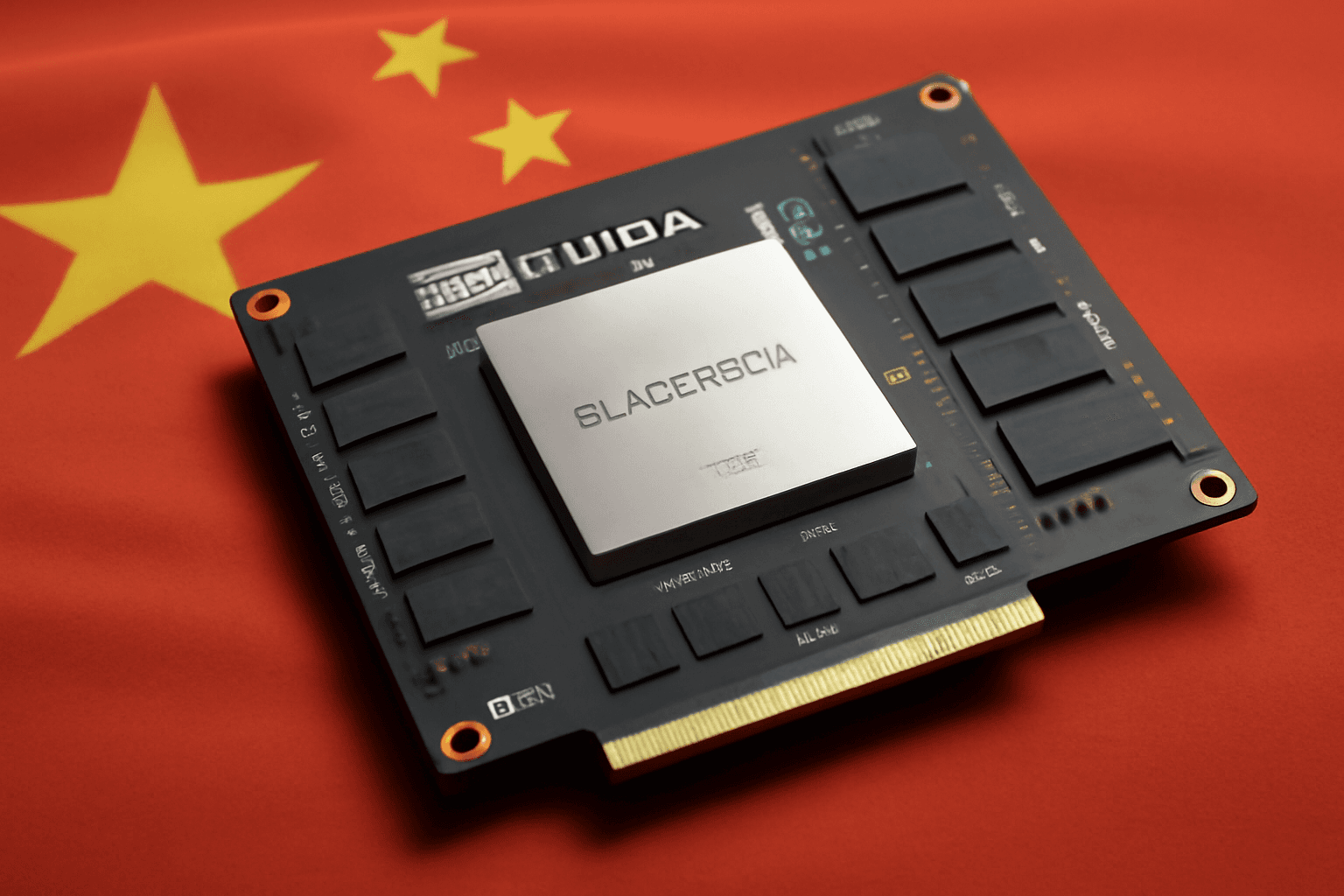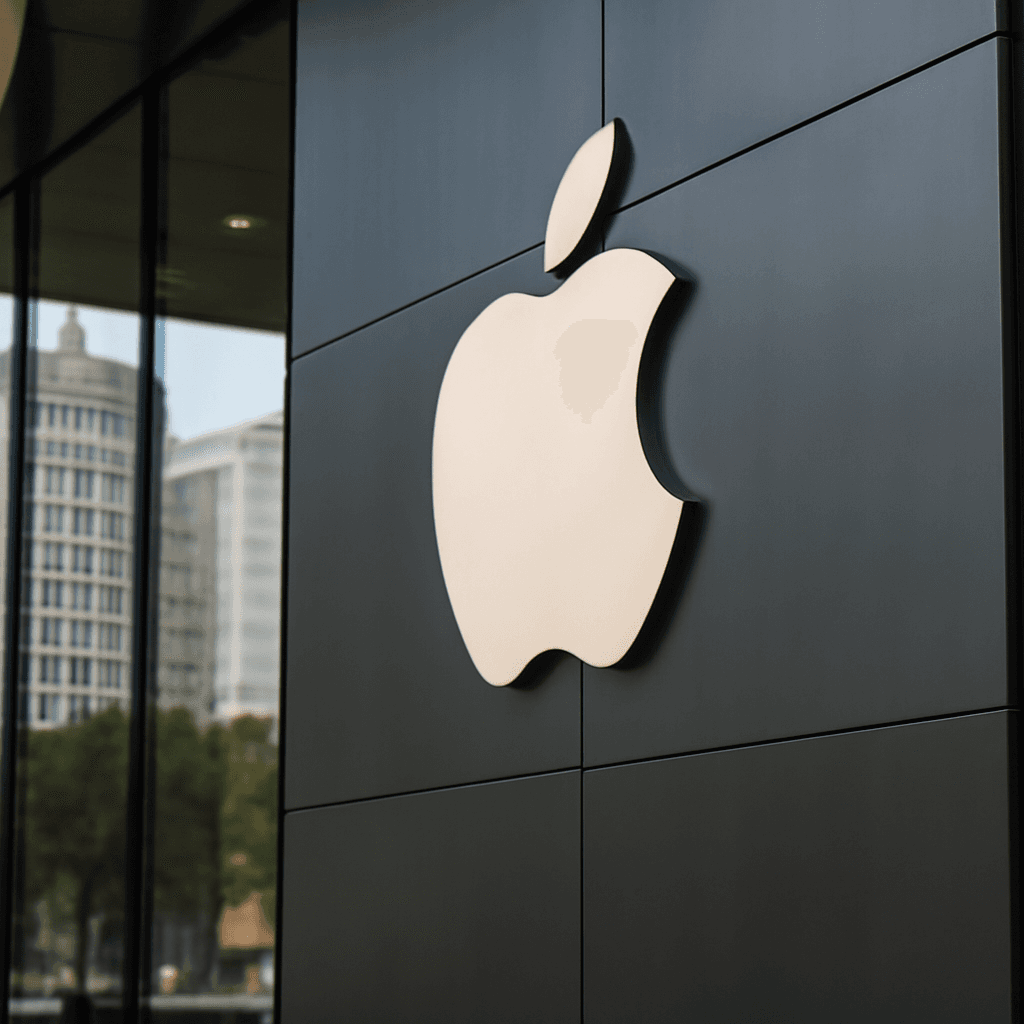Microsoft Breaks with Tradition: No Competitor Names in 2024 Annual Report
In a significant shift away from longstanding corporate practice, Microsoft has dropped the explicit naming of its competitors in its latest annual regulatory filing, a tradition that traces back over 30 years. The 2024 annual report, published Wednesday, notably omits any mention of major rivals such as Amazon and Google, as well as emerging private challengers like Anthropic and Databricks.
Historical Context: A Practice Since the 1990s
Microsoft’s previous annual reports consistently highlighted specific competitors, officially designating Amazon, Google, and others as key players in overlapping markets. This naming was viewed as both a strategic signal to investors and a public acknowledgment of the competitive landscape, dating back at least to 1994.
The move now aligns Microsoft more closely with companies like Amazon and Tesla, which discontinued this approach in the past five years. Apple and Meta, however, continue listing named competitors, maintaining the practice for transparency or strategic positioning.
Why the Change? Reflecting a Rapidly Evolving Market
A Microsoft spokesperson explained to CNBC that the revised format—omitting names and instead broadly describing competition across sectors such as productivity software, PC operating systems, and cloud infrastructure—better captures the “fast-moving nature” of today’s tech ecosystem. By focusing on market categories rather than individual rivals, Microsoft signals adaptability, acknowledging that today’s competitors may shift quickly amid emerging technologies like artificial intelligence.
Interestingly, the report reflects recognition of new partnerships and technological advancements. For instance, Microsoft began referencing OpenAI in 2024 after the AI startup integrated advanced web search features, highlighting a nuanced balance between collaboration and competition in the tech race.
Competition Remains Sharp Behind the Scenes
Despite the omission in formal filings, Microsoft’s leadership continues to acknowledge rival companies in public forums and earnings discussions. CEO Satya Nadella openly referred to Amazon during the recent quarterly earnings call, emphasizing ongoing cloud competition. Scott Guthrie, Executive Vice President of Microsoft Cloud and AI, pointed out in a May conference that “some cloud providers, like AWS, still haven’t launched a GB200 offering,” referencing Nvidia-powered AI systems — an unmistakable nod to the competitive battleground beneath the surface.
Market Reaction and Implications
Following the earnings announcement and the strategic guidance that surpassed analyst expectations, Microsoft’s stock surged, pushing its market capitalization above a staggering $4 trillion. This milestone underscores investor confidence in Microsoft’s ability to navigate a shifting technological landscape even while changing its disclosure practices.
Expert Insight: Navigating Transparency and Strategy in Tech Reporting
This shift in disclosure style raises important questions about corporate transparency and investor information. Regulatory filings have historically served as windows into strategic priorities and risks. By broadening competitive categories rather than naming entities, Microsoft may be balancing openness with flexibility to avoid constraining itself in an unpredictable market.
From a U.S. legal and policy perspective, this evolution reflects a broader trend where innovation cycles are shortening and challenger companies can rapidly emerge. Analysts and investors must therefore weigh traditional signals against more fluid, categorical disclosures.
Underreported Angle: The Collaboration-Competition Paradox
Microsoft’s mention of OpenAI highlights a critical but underexplored narrative—the complex interplay between competing and partnering in tech. As companies simultaneously vie for market share and collaborate on groundbreaking AI technologies, conventional ideas of “competitors” blur, underscoring the challenges of regulatory transparency.
Looking Ahead: What This Means for Investors and Industry Observers
- Investors should stay alert to indirect signals from earnings calls and market moves rather than relying solely on regulatory disclosures.
- Industry analysts must consider the increasing fluidity of competition as companies pursue multi-faceted relationships blending rivalry with strategic alliances.
- Policymakers might reassess disclosure guidelines to ensure transparency keeps pace without stifling agility in fast-evolving sectors.
Editor’s Note
Microsoft’s choice to stop naming competitors in its annual report marks not just a corporate communication update but a reflection of broader shifts in the technology landscape. It challenges investors and observers to rethink how competition is understood and disclosed amid rapid innovation and interwoven partnerships. As transparency norms evolve, balancing detailed insights with strategic flexibility will remain a delicate act.



















